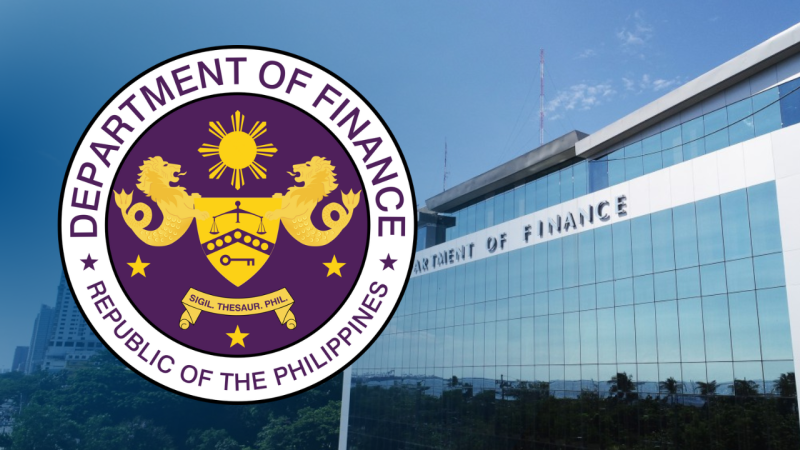Department of Finance
MANILA, Philippines — The Philippine government will return to the international debt market early into the year with benchmark-sized issuances of global and euro bonds this week.
The Marcos administration is eyeing to raise at least $500 million via a dual-tranche offering of US dollar denominated bonds. The government also announced a sale of benchmark-sized euro-denominated bonds.
In a text message, National Treasurer Sharon Almanza said the two-part global bond offer consisted of a 10-year debt paper and a 25-year sustainability note.
Bloomberg reported on Thursday that the 10-year bonds have an initial price target of about 120 basis points above comparable US Treasuries, while the longer-dated debt has a target yield of around 6.1 percent.
The euro bonds—which have an ESG label—will carry a payment term of seven years, Almanza said.
The decision to return to the global debt market at this time of the year came after the 10-year US Treasury yield fell to below 5 percent earlier this week, as markets digest the policy statements of newly sworn-in US President Donald Trump.
Figures from the budget department showed the Marcos administration is eyeing to generate P197.75 billion via offshore debt sales this year, lower than the P270.75 billion it actually raised in 2024 as expectations of fewer rate cuts and a weak peso curbed the government’s appetite for foreign borrowings.
Recall that the US Federal Reserve had signaled a shallower easing cycle this year amid persistent price pressures stateside, which could be worsened by Trump’s threat to impose a 10 to 20-percent tariff on all imported goods in the US.
And the possibility of fewer Fed cuts pushed up US Treasury yields in the past weeks and had been powering up the greenback. Late last year, the Philippine peso had revisited the record-low level of 59:$1 thrice, creating some foreign exchange risks for external debts held by the government.
That said, many analysts believe that the Bangko Sentral ng Pilipinas might have to slow down its own rate-cutting cycle to avoid pressuring the peso. This suggests that even borrowing costs at home might also not go down quickly.


